Piston Slap: Autoblog Gets Piston Slapped

Will writes:
Hello, Don Sajeev! Over on Autoblog, I read Jonny Lieberman’s post on the Aston Martin 177 and it’s inboard shocks. I am not sure I will ever have to deal with this, but what is the deal with reducing unsprung weight as much as possible? I don’t understand: Is it just about greater control of the vehicle+motion through shocks & springs, or is it something greater? It would be nice to find out what El Mehtador + the Piston Slap community thinks about this.
Sajeev answers:
Yup, Lieberman’s right. Less unsprung weight (http://en.wikipedia.org/wiki/Unsprung_mass) means more grip on uneven surfaces and therefore better control, especially when you nail the throttle post-apex on a bumpy road. But . . .
There’s always a but: Aston didn’t grab the low hanging fruit from their gigantic wheels and outboard brakes. Inboard brakes (a la vintage Jaguars, http://www.cwiinc.com) and smaller wheels are probably a better way to lessen unsprung weight. Of course, that takes away from the Aston’s flash factor which is unbelievably important at this asking price and for this James Bond-associated brand.
But, still, again: the One-77’s twanky-inch rolling/stopping stock is complete overkill for its 3300lb curb weight. Even über-expensive BMW tuner Steve Dinan avoids wheels larger than 19″ for ideal tread grip and less unsprung mass. Proof positive is the current M3’s available 18″ wheels: the smaller wheels are faster around a road course. According to Dinan, that is.
Oversize wheels aside, increasing unsprung weight isn’t that bad. Take my Lego-like Fox-body Mercury Cougar: after installing some cheapo (sorry, Bertel) Chinese-casted 17×8.5″ wheels (at least 15 pounds heavier than the 15″x7″ stockers) and fully boxing the lower control arms (a common, low-buck Mustang upgrade), the car rode better and cornered with more solidity/confidence on the street. Which made my first interstate jaunt with the new parts an eye opener: putting the 6-speed stick into super cruise mode, the Cougar barreled down the highway, obliterating pavement joints like an E-Class Benz. A ghetto-engineered E-class, but, still, the car felt more confident and less darty.
[Send your queries to mehta@ttac.com]

More by Sajeev Mehta
Latest Car Reviews
Read moreLatest Product Reviews
Read moreRecent Comments
- Sobhuza Trooper How is this dumber than a $60,000++ 4WD Crew cab pickup with a 5-foot bed?
- Ajla My maintenance cost is high but I knew that going in.
- TheEndlessEnigma My 2016 FiST has been the most reliable car I've owned.
- MaintenanceCosts I already set out total costs, so this time I'll list what's had to be done on my cars (not counting oil changes, recall, or free services):2019 Bolt (25k mi): new 12v battery, pending tires & battery cooling service2016 Highlander (from 43k to 69k mi): new front rotors, new pads all around, new PCV valve, 2x 12v batteries, light bulbs, pending tires2011 335i (from 89k to 91k): new valve cover gasket, new spark plugs, light bulbs, pending rear main seal1995 Legend (from 185k to 203k): timing belt/water pump, new EGR valve + pipe, struts, strut bushings, drive axles, tie rods, rear control arms, other suspension bushings, coolant hose & brake lines throughout, belts, radiator, valve cover gaskets, new power antenna, 12v battery, coils, spark plugs, tires, rear pads... it's an old car!
- VoGhost Consistent with CR's data. I've spent about $150 total on the Model 3 in six years of ownership, outside of tires.



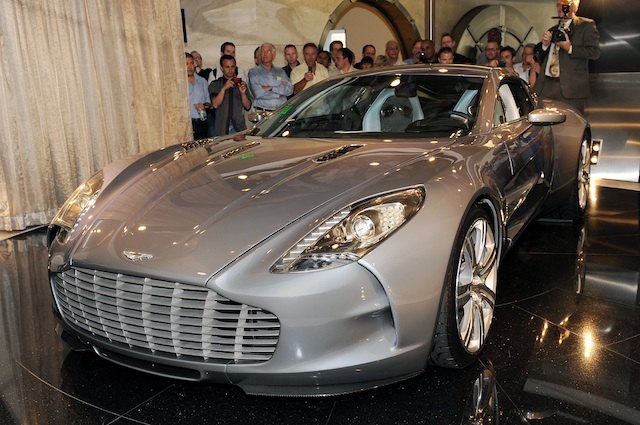















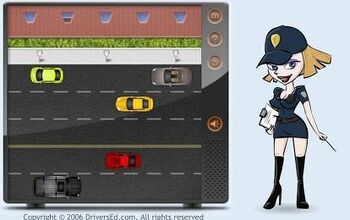

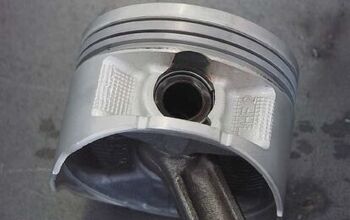
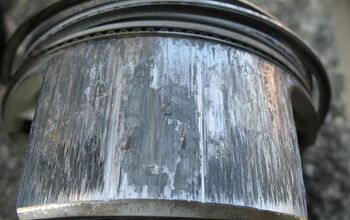
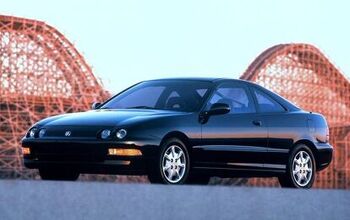










Comments
Join the conversation
It's irrelevant. The One-77 is simply a rolling art and design showcase. Just stare at the photos in awe.
It's not the bigger wheels or smaller wheels that make the difference in the ride... it's the proper matching of the weight of those wheels and brakes to the suspension. A suspension designed with lightweight wheels in mind will give a very choppy ride with heavier, bigger, wheels... which tend to increase oscillation over bumps and overwork the dampers. I've driven quite a few cars where the owners (or dealerships) tried to improve the handling with bigger wheels. Doesn't always work. And sometimes it can lead to unintended consequences... like poor wheel control and axle-hop going sideways... never a nice thing to find out when you're driving at the limit of grip. Less weight is usually better... both sprung and unsprung. Renault's work with the R26R allowed them to actually use softer dampers, because they had less weight to deal with. Heavy cars that handle well often have an awfully choppy ride... especially combined with the big, heavy wheels they need to fit to go around the massive brakes they attach to these things. Which is why BMW's switch to runflats was an epic fail... suspensions designed to work with regular tires were overwhelmed by the extra weight of the runflat rubber. Their newer cars ride a bit better on the standard runflats, but I doubt that they can find any solution to the incredibly jittery ride over small, low frequency bumps due to the uber-stiff sidewalls.